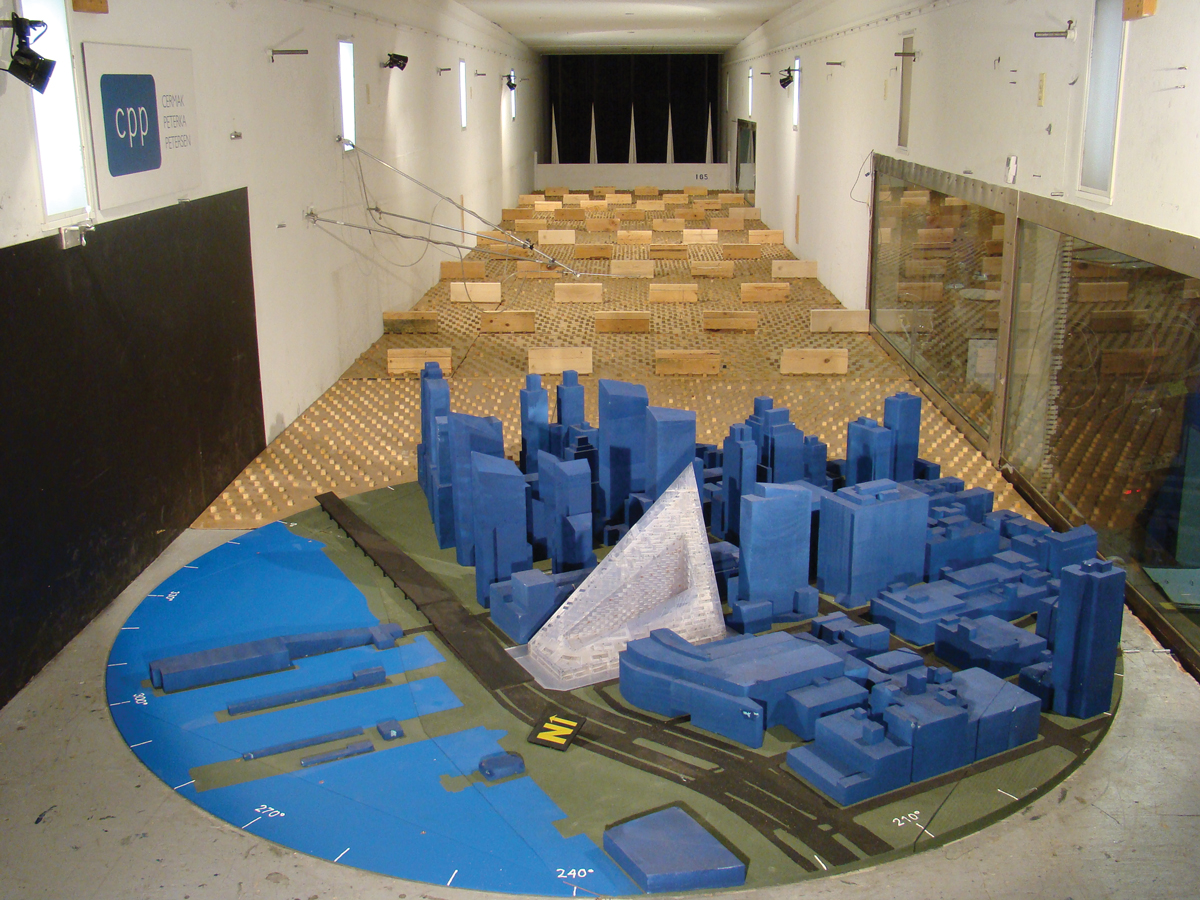Introduction:
Tall buildings, often iconic symbols of modern urban landscapes, present unique engineering challenges and opportunities. As cities grow vertically to accommodate increasing populations and land scarcity, civil engineers are tasked with designing structures that not only reach for the sky but also ensure safety, efficiency, and sustainability. In this blog post, we will delve into the intricate considerations and innovative solutions that civil engineers employ when designing tall buildings, exploring structural design, foundation systems, materials, sustainability, and safety.
Structural Design:
1. Load Distribution:
Structural engineers must carefully distribute the weight of a tall building to ensure stability and minimize structural stresses. This involves analyzing various loads, including dead loads (the weight of the building itself), live loads (such as occupants and furnishings), wind loads, and seismic loads. Advanced structural analysis techniques, such as finite element analysis, help engineers optimize the design for maximum strength and stability.
2. Wind and Seismic Resistance:
Tall buildings are particularly vulnerable to wind-induced vibrations and seismic forces. Engineers employ a range of strategies to mitigate these effects, including aerodynamic shaping, damping systems, tuned mass dampers, and base isolation techniques. Wind tunnel testing and computer simulations are used to evaluate the building’s response to wind and seismic events and refine the design accordingly.
Foundation Systems:
1. Soil Conditions:
The choice of foundation system for a tall building depends largely on the soil conditions at the site. Deep foundations, such as piles or caissons, are often required to support the immense weight of tall buildings and transfer loads to stable soil or bedrock. Geotechnical investigations are conducted to assess soil properties and determine the most suitable foundation solution.
2. Lateral Support:
Tall buildings must also resist lateral forces, such as wind and seismic loads, which can induce horizontal movement and instability. Specialized foundation systems, such as shear walls, braced cores, or moment-resisting frames, are incorporated into the design to provide lateral support and prevent excessive sway or deformation.
Materials:
1. High-Strength Concrete and Steel:
Tall buildings require materials with exceptional strength, durability, and flexibility to withstand the forces acting upon them. High-strength concrete and steel alloys are commonly used in the construction of tall buildings, offering superior load-bearing capacity and structural performance. Advanced construction techniques, such as post-tensioning and precast concrete elements, further enhance efficiency and constructability.
2. Lightweight and Composite Materials:
Innovations in materials science have led to the development of lightweight and composite materials that offer significant advantages for tall building construction. Carbon fiber, fiberglass, and composite laminates are increasingly being used to reduce weight, improve seismic performance, and enhance architectural flexibility.
Sustainability:
1. Energy Efficiency:
Tall buildings consume vast amounts of energy for heating, cooling, lighting, and ventilation. Sustainable design principles, such as passive solar design, natural ventilation, energy-efficient HVAC systems, and green building materials, help reduce energy consumption and minimize environmental impact.
2. Vertical Transportation:
Efficient vertical transportation systems are essential for tall buildings to accommodate the movement of occupants and minimize energy usage. Smart elevator technologies, destination dispatch systems, and regenerative braking systems improve energy efficiency and optimize passenger flow.
Safety:
1. Fire Protection:
Fire safety is paramount in tall buildings, where the evacuation of occupants can be challenging. Engineers design tall buildings with fire-resistant materials, sprinkler systems, smoke evacuation systems, and fire-rated stairwells to mitigate the risk of fire and ensure safe egress in an emergency.
2. Seismic Resilience:
In seismically active regions, tall buildings must be designed to withstand earthquakes and minimize the risk of collapse. Seismic isolation systems, energy-dissipating devices, and ductile structural elements enhance the resilience of tall buildings and protect occupants during seismic events.
Conclusion:
Designing tall buildings requires a multidisciplinary approach that integrates structural engineering, geotechnical engineering, materials science, sustainability principles, and safety considerations. Civil engineers play a central role in realizing the vision of iconic skyscrapers that redefine city skylines while ensuring safety, efficiency, and sustainability for generations to come. As technology advances and urbanization continues, the future of tall building design promises even greater innovation and sustainability in the pursuit of reaching new heights sustainable communities around the world.





